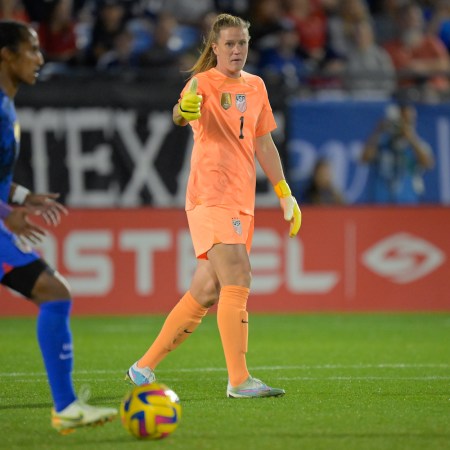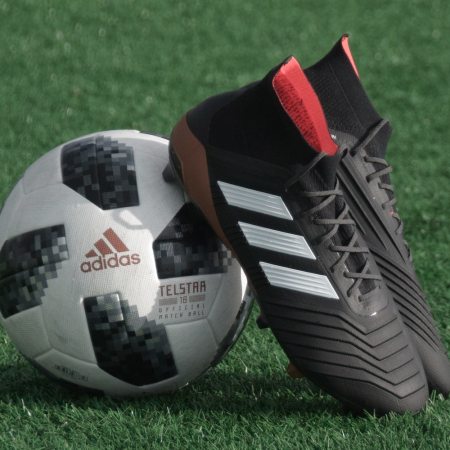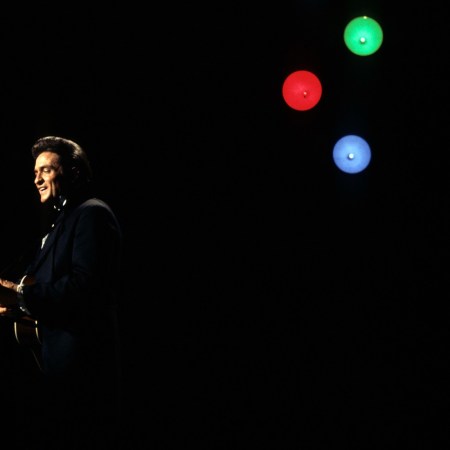In 2016, Sweden knocked the U.S. women’s soccer team out of the Olympics at the quarterfinal stage. It was the earliest elimination the U.S. women had ever suffered at a major tournament, and it marked a major moment of reckoning for the squad.
In the aftermath of the game, longtime starting goalkeeper and frequent rabble-rouser Hope Solo called the Swedes “a bunch of cowards” and summarily had her contract terminated. Over the year that followed, the U.S. lost an unthinkable three home games as it navigated the always tricky waters of ushering in a new generation of talent.
Now that transition is over, and it’s safe to say the team is back in peak form after a resounding 2-0 victory over the same Sweden side that frustrated them in Brazil three years ago.
The U.S. outscored their three opponents 18-0 in the group stage, kicking things off with a sort-of uncomfortable 13-0 walloping of Thailand before more pedestrian but no-less-dominant wins over Chile and Sweden. Things will get bumpier from here, though: the Stars and Stripes will face an upstart Spanish side in the round of 16 before a potential quarterfinal matchup against hosts France, who entered the tournament as co-favorites.
It’s hard to take issue with any decision manager Jill Ellis has made so far, given the results on the field. But her aggressive squad rotation over the tournament’s first three games has given plenty of players the chance to shine, inviting discussion about who her best XI will be going forward.
Below, we take a look at five of the toughest questions that face Ellis ahead of the knockout stages. Finer margins await, and any misstep could prove crucial.
Who will be the third midfielder?
The two-pronged pivot in the center of the park that allows the U.S.’s many attacking players to flourish seems like a lock: Lindsey Horan and Julie Ertz are probably the first two names on Ellis’s teamsheet, and barring injury, that won’t change. That leaves one midfield position open, and it will likely go to a more attacking player who complements their strengths. While Sam Mewis had good showings against Thailand and Sweden, her skillset best suits her as a direct replacement for Ertz or Horan. Rose Lavelle, on the other hand, has excelled playing in a no. 10 role behind Alex Morgan. Expect her to get the nod, unless …
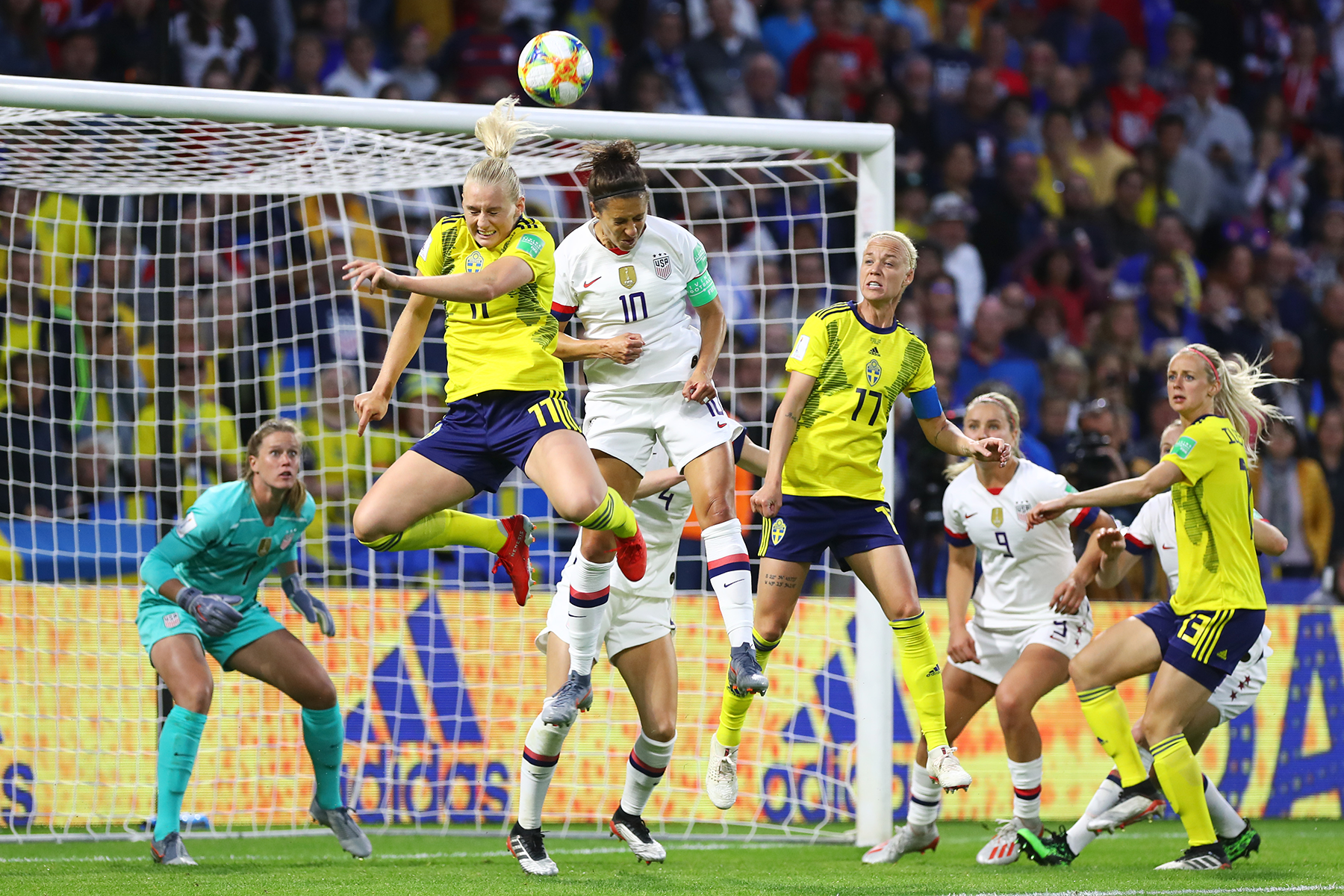
Where does Carli Lloyd fit in?
Lloyd is a legend, plain and simple. She’s the fourth most capped player in U.S. history, its fourth highest goalscorer and took home the Golden Ball as the best player at the 2015 World Cup. But at 36, she is also in the twilight of her career, and Ellis seems to have relegated her to the role of auxiliary striker to help Alex Morgan shoulder the goalscoring load. But let’s not forget that Lloyd in her prime was a dynamic midfielder who scored loads of goals making late runs into the box. Don’t be surprised to see her reprise that role at some point between now and the end of the tournament, playing alongside Morgan, rather than in place of her.
Is Alex Morgan injured? Does it matter?
The U.S.’s star striker limped off the field in the 33′ against Sweden after a series of hard tackles before Ellis subbed her out of the game (for Lloyd) at halftime as a precaution. While Morgan and the coaching staff indicated she was “OK” after the game, the going won’t get any easier from here, with a likely matchup against a very robust French team looming in the quarterfinals. Morgan is an old-school no. 9 whose game is predicated on fox-in-the-box instincts and composed finishing. But in the past, defensively disciplined teams have been able to bully her out of games at times. Lloyd, on the other hand, tends to thrive when presented with a physical battle. If the US is struggling to find a goal in the tournament’s latter stages, don’t be surprised to see Ellis hook Morgan in favor of the wily veteran.
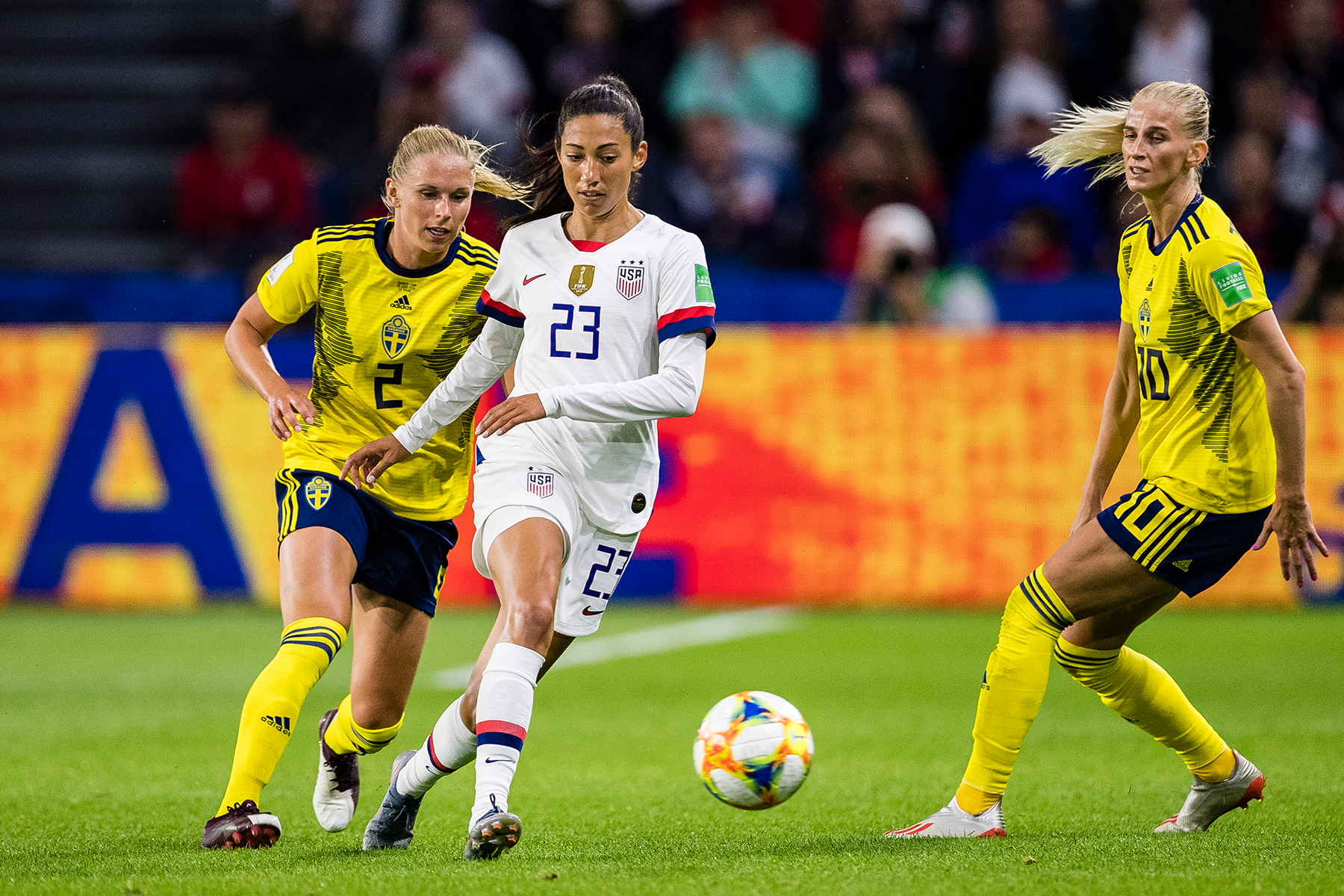
Will the sup-Press-ion end?
Christen Press was the U.S.’s best attacking player against Chile, taking on defenders with ease, picking up an assist and producing three stunning saves from Chilean keeper Christiane Endler, who was later named Player of the Match. It was the kind of performance one imagined might promote her from her traditional role as a super sub to the starting lineup for the critical final group game against Sweden. And yet … it didn’t, with Press once again coming on as a second-half substitute. In Press and Tobin Heath, the US has a pair of wingers who can torment defenders and create chances from nothing. But Ellis seems committed to starting the dependable — if less explosive — Megan Rapinoe in Press’s preferred lefthand position.
Can Alyssa Naeher step up to the challenge when called upon?
Who? The U.S.’s starting goalkeeper, who miraculously managed to stay awake for the entirety of the three group games, despite watching the majority of them from half a field away and facing just four (very tame) shots on goal. The specter of the disgraced but spectacular Hope Solo looms large in the US goal, and will continue to until Naeher is forced to prove her worth. And that moment isn’t too far away: Spain and either France or Brazil, the US’s next two opponents, are all strong in possession, and figure to break down the U.S. midfield and defense more effectively than any of their previous opponents could. In Endler, the U.S. saw firsthand what a difference a top-shelf keeper can make. Someday soon, they’ll find out if they’ve got one.
This article was featured in the InsideHook newsletter. Sign up now.


